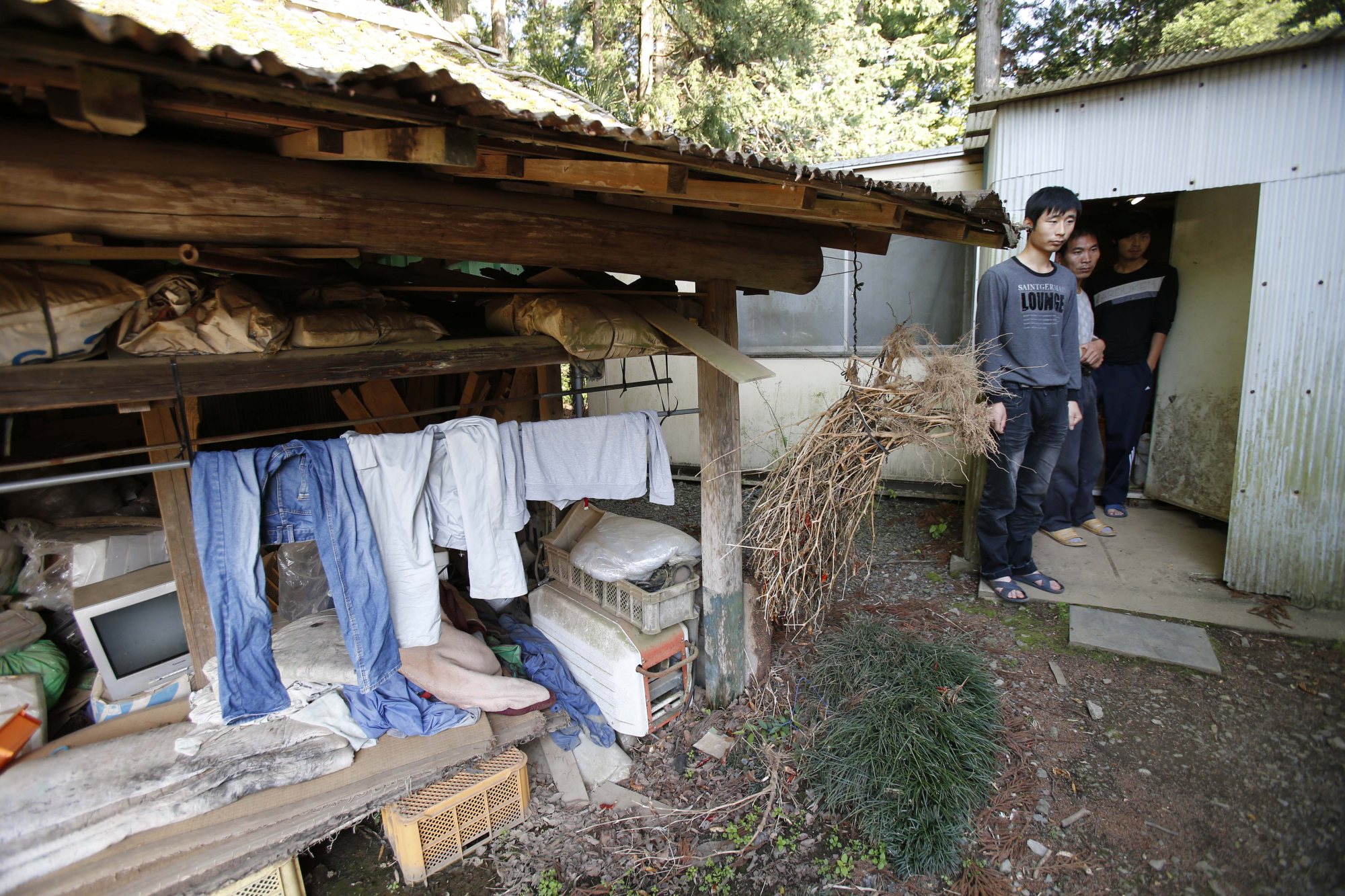As I wrote in my June 20 column, Japan is facing a very severe situation of an aging society and population decline. I use the term "severe" because it will be quite difficult to change this situation by any realistic policies. Japan's total fertility rate is at a mere 1.43. It is said that once this figure goes below 1.5, it won't return to the level that can maintain the population (around 2.08).
It would then be natural for some people to think that accepting immigrants holds the key to coping with the situation. In fact, the total number of non-Japanese in this country is drastically on the rise. At the beginning of this year, about 2.5 million were living in Japan, accounting for more than 2 percent of the total population — a record high. In Tokyo, one in 20 people in their 20s is non-Japanese.
Japan has long been considered one of the world's most closed countries. While the number and the proportion of non-Japanese in the population are at historic highs, they remain negligible in comparison with other developed countries. In the United States, the proportion of foreign nationals in the total population is 7.0 percent (as of 2014), 6.0 percent in France (2015), 11.2 percent in Germany (2015) and 29.5 percent in Singapore (2015).



















With your current subscription plan you can comment on stories. However, before writing your first comment, please create a display name in the Profile section of your subscriber account page.